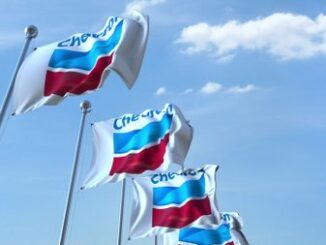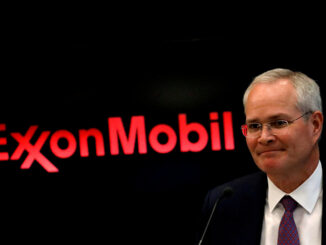
BP’s strategy is under the microscope following the departure of CEO Bernard Looney, who resigned after failing to disclose the extent of personal relationships with company staff. Wholesale changes — whether embracing the renewables-free approach of its US competitors or hiving off its oil and gas business to focus on the transition — are not realistic. But the relative weighting of different businesses could hang in the balance as a new executive ascends to the top spot. With that in mind, here’s a look at how BP compares to its fellow supermajors in key strategic areas.
Plans to lower upstream output differentiate BP from its peers.
The biggest differentiator between BP and its peers is in its upstream production plans . The UK major is the only company that does not plan to grow its oil and gas production in some way into the next decade. Looney moderated plans for a 40% decline in output by 2030 in February but the company still plans to divest enough assets to cut oil and gas flows by 25% by 2030, compared to 2019 figures. While BP does plan to grow its LNG portfolio by 11 million tons to 30 million tons annually by 2030, that growth will be offset by declines elsewhere in its upstream portfolio. The closest comparison is Shell, which now plans to hold liquids production flat after reaching its goal to cut output by over 20% by 2025 earlier than expected following its Permian assets’ sale.
BP will spend as much on shareholder distributions as it invests in its business.
Like its peers, BP has curbed capital spending on projects while boosting shareholder payouts in an effort to compete for the more limited pool of investors that are interested in the global oil majors. The UK major’s capex frame of $14 billion-$18 billion is in line with that of peers TotalEnergies and Chevron, but those companies have larger market capitalizations and higher production. BP stands out as having the highest percentage of spending devoted to low-carbon businesses, although this includes areas like convenience and retail, which leverage existing hydrocarbon infrastructure. Compared to US majors Chevron and Exxon, BP spends anywhere from four- to five-times as much on transition businesses relative to its overall capital budget but it also outspends European rivals Shell and Total.
The company’s shareholder distribution policy pledges to allocate 60% or more of so-called surplus free cashflow to share buybacks and to support dividend increases of at least 4% annually, assuming oil prices stay above $60. As such, BP will spend as much on shareholder distributions as it invests in its business, according to Energy Intelligence estimates. While a seemingly massive transfer to investors, BP’s ratio of distributions to overall spending is the lowest of the supermajor peer group as the company continues to recover ground lost to its 2020 dividend cut.



